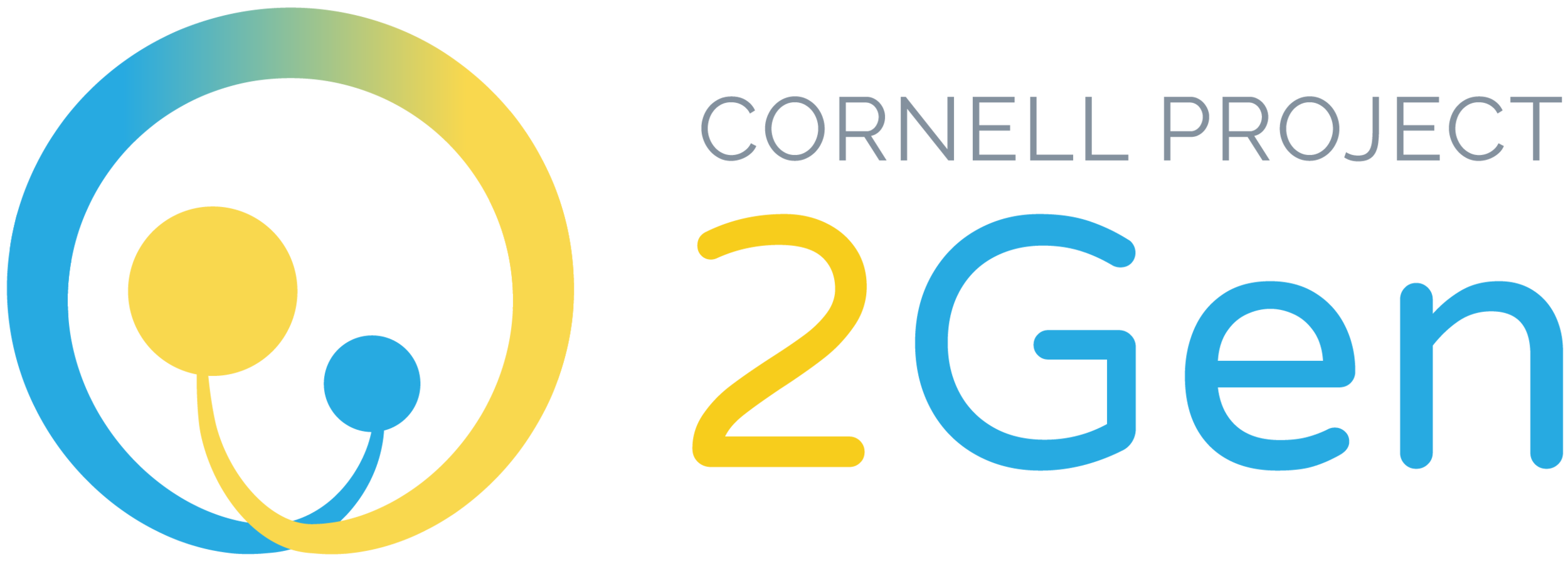Project Monitoring and Evaluation with the Orange County Resilience Project
Muyang Li, Fall 2019 2Gen Scholar
This semester I worked with Manavii on the survey team for Orange County’s Resilience Project, which aims to increase awareness of Adverse Childhood Experiences (ACEs). So far, Orange County has organized a community café harvest event during which participants watched the film Resilience and generated ideas on what each community could do to improve awareness of and responses to ACEs. Our goals were to summarize ideas from these events, analyze the data from the awareness and impact survey, and recommend strategies to improve data collection and evaluation. Specifically, I focused on recommendations on project monitoring and evaluation based on the current survey.
The awareness and impact survey gauges participants’ understanding of ACES and their awareness of available resources that can be leveraged to buffer the effects of ACEs in their communities. The survey is detailed as it asks about specific ways each participant intends to make changes; however, it is easy for participants to get lost in details as some answers are personal rather than community-focused and goal-oriented. Therefore, I looked into ways to improve the current survey to facilitate pre-post evaluation and progress monitoring.
Two coalition groups—ACEs Public-Private Partnership Initiative (APPI) and Mobilizing Action for Resilient Communities (MARC)—have performed cross-site evaluation and their strategies could be adopted by Orange County. For example, a new survey can be composed for long-term monitoring of progress and evaluation. “ACES and Resilience Collective Community Capacity Survey Instrument” from the Washington State APPI can be adopted for usage. This survey would be useful because it can be used as a regular monitoring tool to evaluate progress of each community group. More importantly, this survey can evaluate the performance of the coalition in supporting individual community groups. In addition, progress can also be mapped in a creative way to help the coalition understand the progress within each community. For example, a general structure of progress reporting is provided to each community group and each is required to send the report regularly (e.g. monthly).
The scope of the project and the large number of stakeholders involved mean that it is hard to know the details of the project without a formal method of communication. Therefore, a consistent platform of communication is fundamental for successful project implementation. During the meeting for Orange County Resilience Project, I was glad to hear from so many stakeholders involved in the project and the initiatives in different community groups and sectors. It was eye-opening for me to learn about initiatives such as “handle with care”, “kinesthetic learning lab”, and “bibliotherapy.” In addition, I got to know the structure of the coalition better by learning about their vision, mission, work teams, and logic model. The project also prepared me to understand the workflow of community projects and anticipate challenges in the future, such as working under uncertainty and adjusting to the needs of community partners throughout the process. More importantly, I learned that my greatest strength is to connect the dots between different tasks and programs and find ways to fill the gaps. When I found out the APPI white paper of Washington State, I immediately saw a parallel relationship between APPI of Washington State and the ACE coalition/Resilience Project at Orange County. Both coalitions manage different community partners and serve as an anchor point for planning and evaluation. This was when I realized that the current survey could be improved to better serve the vision of Orange County’s Resilience Project through coordinated efforts. It was rewarding to work on something meaningful while discovering my personal strengths and opportunities for growth.

